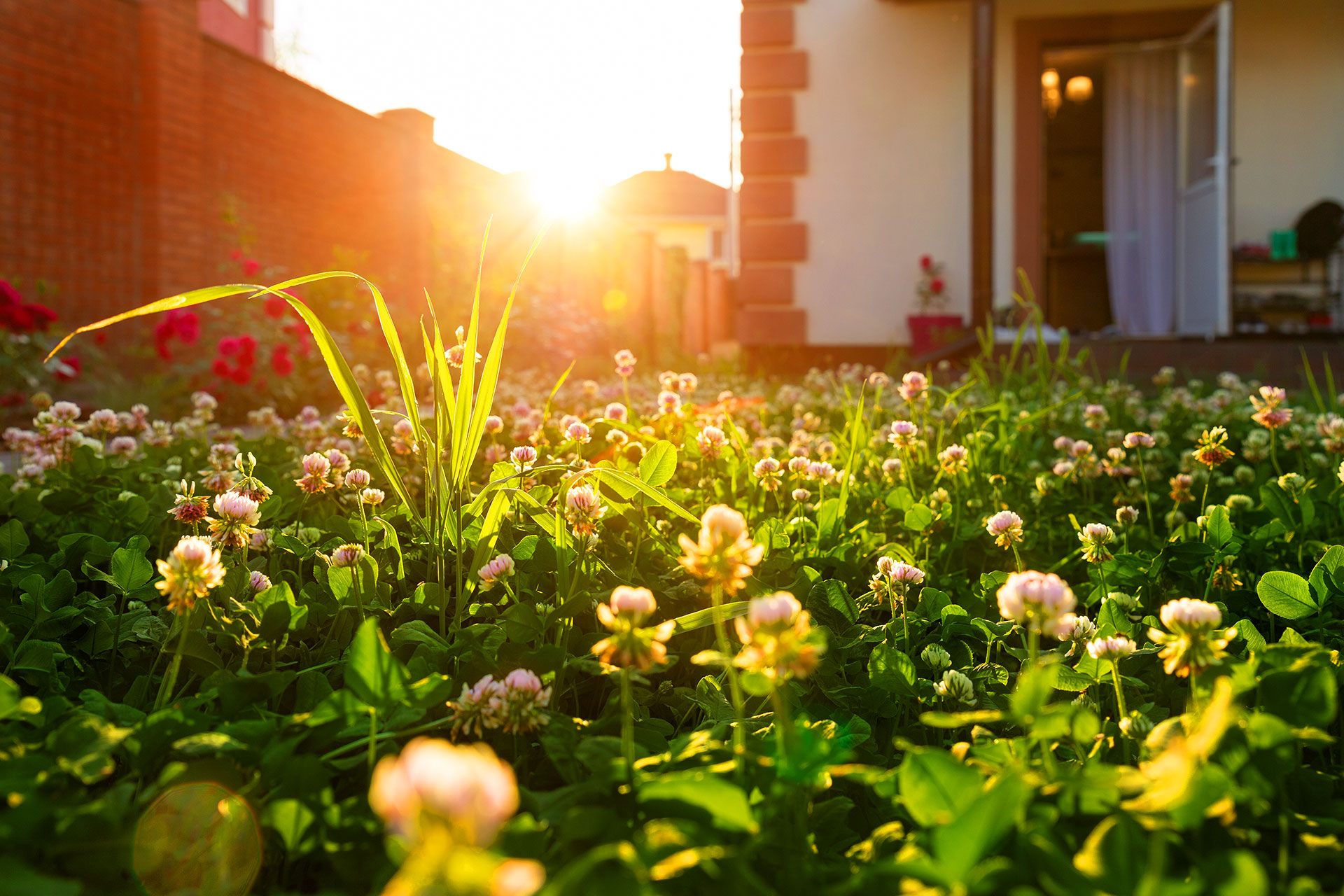Spring rain is a gift—unless it turns your flower beds into bathtubs and your lawn into a swamp. The skies open up, everything gets a good soak, and you might think, “Well, that takes care of watering for a while.” But here’s the twist: how your landscape handles that rain can make or break your garden’s health, shape, and long-term resilience.
Rain isn’t just free water. It’s a system stress test. And with the right moves, you can make it one of your garden’s greatest assets.
Don’t just catch the rain—use it
Rain barrels aren’t new, but they’re still wildly underused. One solid spring shower can fill a barrel fast, offering you a chlorine-free, plant-loving supply for dry spells ahead. But it doesn’t stop there.
Collected rainwater can also:
- Reduce your water bill (hello, savings)
- Keep moisture consistent during unpredictable weather swings
- Reduce runoff that could carry nutrients away from your beds
- Feed delicate seedlings without shocking them with cold hose water
Just make sure your system includes an overflow solution and a secure lid—mosquitoes are not invited.
Rain doesn’t equal hydration for everyone
Here’s the paradox: a week of rain doesn’t mean your plants are well-watered.
Clay soil? It might have pooled. Sandy soil? It likely drained too fast. Sloped yards? The water ran off before the roots had a chance to sip. And container plants? Unless they’re in open spots, they might not get much at all.
So after a storm, check the soil—don’t just assume. Dig in with your finger. Is it soggy two inches down or already dry? Spring rain is inconsistent. Your watering plan shouldn’t be.
Good drainage isn’t glamorous—but it’s essential
You can’t grow much in a puddle. If your yard stays soggy long after the rain ends, your plants could be dealing with root rot, fungus, or slow suffocation.
To fix drainage issues, you might need to:
- Add organic matter to heavy soil to improve texture and flow
- Install French drains or dry creek beds in chronically wet areas
- Grade slopes to direct water away from structures and beds
- Use raised beds or mounded planting zones to elevate vulnerable roots
- Consider moisture-loving plants like sedges or elderberry in persistently damp spots
Water should move through your landscape—not loiter in it.
Rain is a rhythm—learn the beat
The smartest gardens are tuned to the weather, not against it. They harvest when it pours. They drain what’s extra. And they don’t assume that nature always gets it right without a little human guidance.
So the next time a spring storm rolls in, don’t just watch from the window. See it as a collaboration—your garden’s first real conversation of the year. And with the right setup, it’ll answer back with green, vibrant gratitude.



